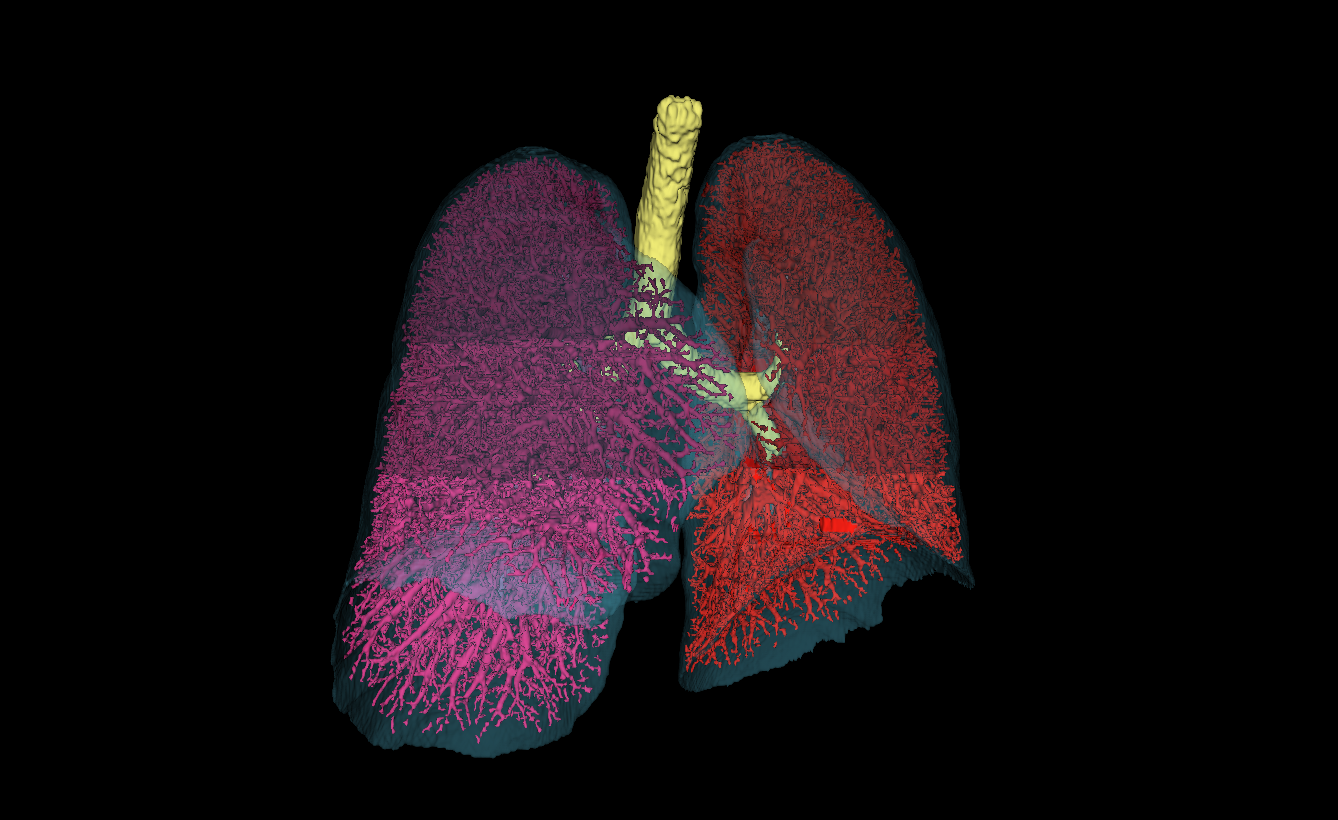Who We Are
The Biomedical Imaging Research Centre (BIRC) is a Full Partnership Centre at Western University encompassing London-wide Imaging.
BIRC is focused on the discovery and development of innovative imaging techniques and instrumentation to improve the understanding, diagnosis, and treatment of human diseases. By integrating efforts across multiple Faculties, University Departments and Institutes, the Centre has the potential become the most successful integrated Biomedical Imaging Research Program in Canada, and to rank among the top 5 such programs in the world.
Under the umbrella of BIRC, biomedical imaging research in London is now a highly integrated program covering all major imaging modalities and biomedical applications, which include: Cardiovascular Imaging, Imaging in Neurosciences & Mental Health, Neonatology & Pediatric Imaging, Musculoskeletal Imaging, Imaging in Oncology, Respiratory Imaging, Image-guided Interventions, and Basic Imaging Science & Engineering.
BIRC integrates biomedical imaging research across five key partners including two research institutes (Robarts Research Institute and Lawson Health Research Institute), two university departments (Department of Medical Imaging and School of Biomedical Engineering) and the Schulich School of Medicine & Dentistry.
Values
Research Excellence: To identify and carry out innovative research with recognized excellence at the frontiers of knowledge in biomedical imaging.
Collaboration: To support and maintain strong research programs at all sites and expand collaborations with clinical and basic science departments at Western.
Translation: To ensure that innovations and discoveries are protected so that they can be exploited appropriately and to work with our clinical colleagues in translating our research results into clinical practice.
Education: To train graduate students and post-doctoral fellows in an interdisciplinary environment that will generate the leaders of tomorrow.
Innovation in Health Research: To link patient-centred perspectives to the development of technological innovations that can transform the manner by which disease is understood, diagnosed, and treated.
 Image courtesy of A. Matheson.
Image courtesy of A. Matheson.